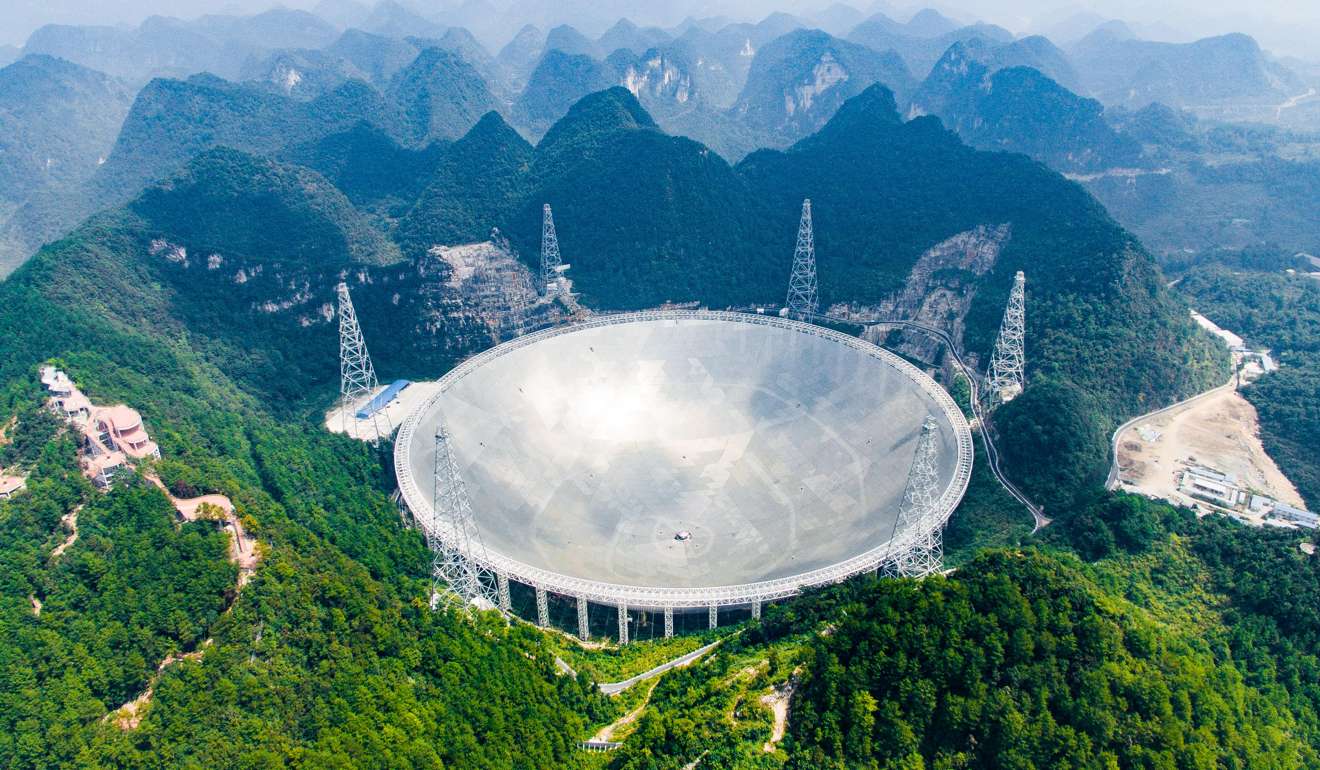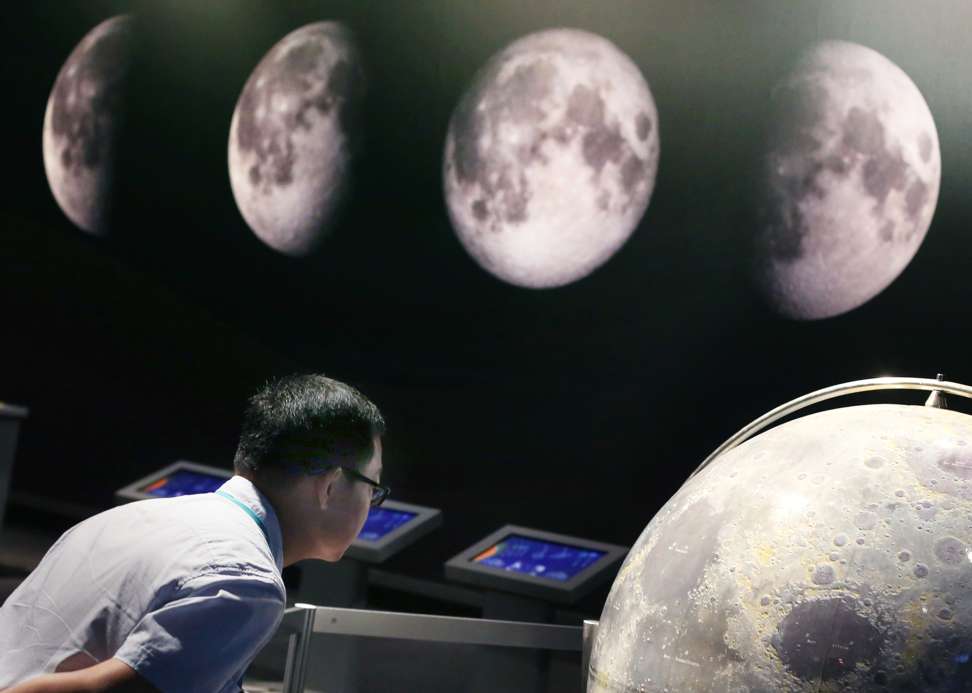
China’s space ambitions open up a world of wonder and opportunity
Sun Kwok says the progress in Beijing’s space exploration programme is nothing short of spectacular, and Hong Kong, with its base of highly trained researchers and strong international connections, has a great deal to offer

After the speech, delegates asked me: “Is this person your incoming leader?” and said “China will have a great future!” European and American scientists, who are used to continued cuts in their research budgets, were surprised to find that investments in science research are increasing exponentially in China.
Space technology is now part of our everyday lives: communication, navigation (GPS), and surveying (Google Earth) are just a few examples. Satellite-based remote sensing is crucial for studies of the Earth’s land, oceans and atmosphere. In-situ measurements from spacecraft probe the near-Earth environments and provide essential warnings of turbulent space weather. Within our solar system, robotic spacecraft explore the moon, the planets and their satellites, asteroids and comets. Looking outward, space-based telescopes survey the larger universe: stars, the Milky Way, and galaxies far away. For these reasons, every developed and developing country is strongly committed to advancing space science and technology.
Watch: China successfully launches Tiangong-2 space lab
Although China started late, it has been a very fast learner
China’s version of GPS ‘is now just as accurate’

As a member of China’s Antarctic astronomy team, I am particularly excited about China’s construction of the Antarctic survey telescopes at Dome A. Dome A is situated at the highest point (4,100 metres) of the Antarctic plateau and offers near-space conditions for astronomical observations with minimal interference from the Earth’s atmosphere.
These facilities open up great opportunities for Chinese astronomers to explore the universe with the most sophisticated instruments, enabling them to compete to perform at the highest international levels. Not long ago, only three universities in China (Nanjing, Beijing Normal and Peking) offered astronomy programmes. Now, dozens of universities have degree programmes in astronomy or space science. The supply of trained researchers cannot keep up with the rapid expansion of astronomical and space developments. Scientists are needed not only to design, build and operate the hardware, but also to analyse the large amount of data that these advanced instruments will collect. Chinese universities and research institutes are thus aggressively recruiting to meet their staff needs.
We are indeed fortunate to live in a time of the rapid science expansion of China
Although some people see these programmes as mere symbols of national prestige, they are actually important drivers for advanced technology. Many technologies first developed for astronomical purposes were later adapted for commercial use. These research investments are the first steps allowing China to move away from assembly industries to design and production of hi-tech products.
We are indeed fortunate to live in a time of the rapid science expansion of China. Hong Kong provides a base of highly trained researchers and strong international connections. It is up to us to grasp these opportunities.
Professor Sun Kwok is chair professor of space science and director of Laboratory for Space Research at the University of Hong Kong. He currently serves as president of the International Astronomical Union’s commission on astrobiology


